The Honor Magic4 Pro sits just below the top-of-the-line model Magic4 Ultimate in the Honor smartphone lineup and uses many of the same components, including the Snapdragon 8 Gen 1 chipset and a 6.81-inch OLED display with 1312 x 2848 resolution.
In the camera module, the 3.5x tele module is the same as in the Ultimate, but both primary and ultra-wide cameras use smaller sensors than in the flagship model, and they don’t come with optical image stabilization.
Let’s see how the Honor Magic4 Pro camera compares to the Ultimate and competitors from other brands in the DXOMARK Camera tests.
Key camera specifications:
- Primary: 50MP 1/1.56″ sensor, 1.0μm pixels, 23mm equivalent focal length, f/1.8-aperture lens, PDAF, Laser-AF
- Ultra-wide: 50MP 1/2.5″ sensor, 13mm equivalent focal length, f/2.2-aperture lens
- Tele: 64MP 1/2.0″ sensor, 0.7μm pixels, 90mm equivalent focal length, f/3.5-aperture lens, OIS, PDAF
- LED flash
- 3D Time-of-Flight sensor
- Flicker sensor
- 4K at 30/60fps, 1080p at 30/60fps (tested at 4K/30fps)
About DXOMARK Camera tests: For scoring and analysis in our smartphone camera reviews, DXOMARK engineers capture and evaluate over 3000 test images and more than 2.5 hours of video both in controlled lab environments and in natural indoor and outdoor scenes, using the camera’s default settings. This article is designed to highlight the most important results of our testing. For more information about the DXOMARK Camera test protocol, click here. More details on how we score smartphone cameras are available here.
Test summary
Scoring
Sub-scores and attributes included in the calculations of the global score.
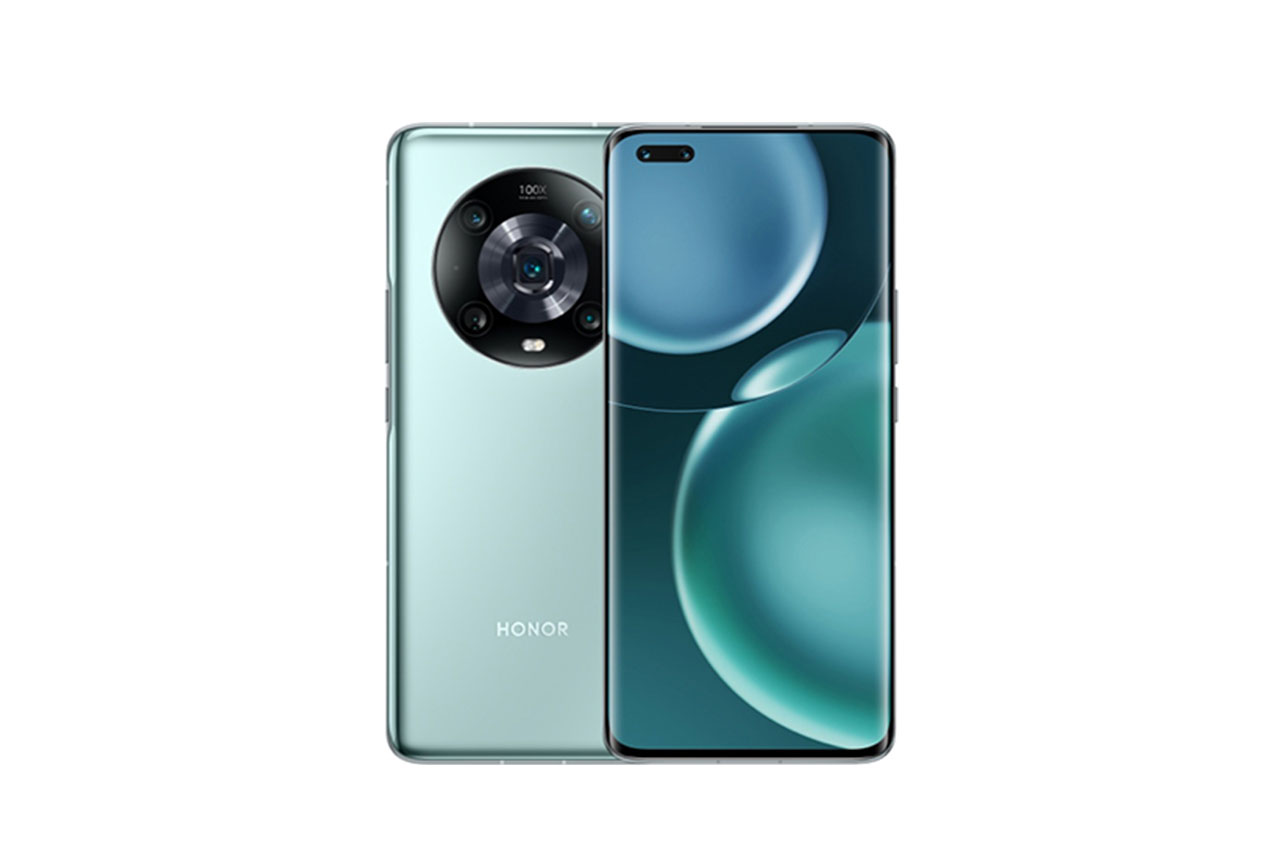
Honor Magic4 Pro


Use cases & Conditions
Use case scores indicate the product performance in specific situations. They are not included in the overall score calculations.
Outdoor
Photos & videos shot in bright light conditions (≥1000 lux)
Indoor
Photos & videos shot in good lighting conditions (≥100lux)
Lowlight
Photos & videos shot in low lighting conditions (<100 lux)
Friends & Family
Portrait and group photo & videos
 88th
88th 66th
66thPros
- Good exposure and wide dynamic range
- Good detail in bright light
- Image noise well under control in bright light and indoors
- Good exposure and texture/noise balance in night shots
- Good exposure and nice colors on ultra-wide camera
- Pretty good detail in long-range tele shots
- Accurate exposure, fairly wide dynamic range and nice colors in bright light and indoor video
- Effective video stabilization
Cons
- Exposures instabilities across consecutive shots
- Occasional focus failures, especially in high-contrast scenes
- Chroma noise in low light
- Slight color casts
- Resolution instabilities at tele settings, especially medium range
- Autofocus instabilities in video
- Image noise in low-light video
- Loss of fine detail in video
With a DXOMARK Camera score of 131, the Honor Magic4 Pro does not quite reach the same lofty heights as its class-leading cousin Magic4 Ultimate, but it is still one of the better models in our camera ranking. Compared to the Ultimate, the Magic4 Pro shows more exposure and autofocus instabilities, as well as more noise in low light for both photo and video. Overall the texture noise tradeoff is less favorable, especially in low light. The lack of OIS could be a reason for this.
In photo mode, the camera generally delivers high-quality pictures in bright light and under indoor conditions. Image quality is still acceptable in low light. The camera exposes well and a wide dynamic range ensures good shadow and highlight detail. However, exposure instabilities are sometimes noticeable. Colors are vivid and pleasant, but slight color casts can be visible, especially on darker skin tones. The tradeoff between texture and noise is very good in bright light and indoors but drops off somewhat in low light, with a loss of detail and some chroma noise becoming visible. The autofocus is generally fast and accurate, but some delays and failures can occur in high contrast conditions.
In bright outdoor conditions, the Magic4 Pro produces very good image quality. In this cityscape scene, the camera captures good exposure and detail, with noise very well under control. A slight color cast is noticeable. In comparison, the Honor Magic4 UItimate and Google Pixel 6 Pro are more neutral, with the latter adding a slightly warm touch to the mix.
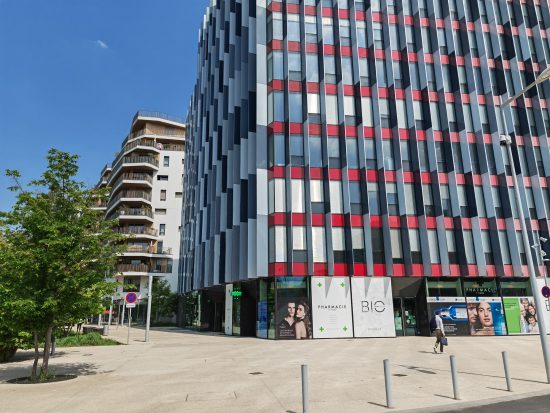
In capturing this indoor scene, the Magic4 Pro delivers vivid and nice color as well as a wide dynamic range. The Magic4 Ultimate image is very similar but there is more highlight clipping in the outdoor portion of the Pixel 6 Pro file. Noise is very well under control on the two Honor devices and only slightly visible on the Pixel.
In low light, image quality drops off slightly, especially when compared to the competitors. Exposure remains good, but chroma noise is often noticeable and detail decreases which is probably due to the lack of OIS and smaller image sensor. A slight pink color cast is noticeable on all three cameras in this comparison, and chroma noise causes inaccurate color rendering.
In this night shot with deactivated flash, the camera produces a good exposure and fairly wide dynamic range. The texture/noise trade-off is good as well, but not as good as on the Ultimate and Pixel.
In bokeh mode, our testers observed some depth estimation instabilities, and compared to the Ultimate, texture rendering is often lower. But target exposure is accurate in most tested conditions.
Zoom performance is overall excellent, offering a very wide field of view on the ultra-wide camera all the way to a long-range tele with a decent performance. Ultra-wide images are generally good, with acceptable detail, well-controlled noise, good exposure, and pleasant colors. Only in low light did our testers observe a quality decrease, especially in terms of detail. At tele settings, the camera does well at close and long range, but fusion artifacts mean performance is lower at medium tele zoom. Overall, exposure tends to be accurate, with a wide dynamic range, but colors can sometimes be slightly desaturated.
In this scene, we can see that the Honor Magic4 Pro ultra-wide camera offers a very wide field of view. It’s not quite as wide as the Ultimate’s but noticeably wider than the Pixel’s. Exposure is good and color is nice and vivid. The level of detail is acceptable, on a similar level as the Google Pixel and better than on the Ultimate.
When zooming into the distance, detail is almost on the same high level as on the Ultimate at close and long range, except in low light or when the subject distance is very long. At medium range, the level of detail is lower than on the Ultimate, especially in high-contrast scenes. Resolution instability can be observed at all tele settings, but is especially noticeable at medium range.
Honor Magic4 Pro video clips are accurately exposed with a fairly wide dynamic range in bright light and indoors. In low light exposure is slightly darker when compared to the Ultimate and a limited dynamic range results in shadow and highlight clipping. White balance is accurate outdoors, but our testers observed orange and pink casts indoors and in low light. Fine detail is not as well rendered and noise is more visible than on some rivals. In video mode, we also observed some autofocus instabilities, but on the plus side, video stabilization is pretty effective, despite some sharpness difference between frames in low light.
Video clips recorded in bright light generally have accurate white balance and nice colors. Target exposure is accurate and dynamic range is fairly wide. Compared to the Magic4 Ultimate the main difference is a loss of fine detail and stronger autofocus instabilities. Video stabilization is pretty effective for both static recording and when recording in motion.
When recording video in indoor conditions, white balance casts can be more visible than on the Ultimate, but color rendering remains good. Target exposure is accurate, but our testers observed some highlight clipping in difficult scenes. Overall dynamic range remains fairly wide indoors but not as wide as on the Pixel 6 Pro. Again, autofocus instabilities are more noticeable than on the Ultimate, which occasionally results in focus failures.
Noise is more visible than on the Google Pixel 6 and Magic4 Ultimate in low light. Exposure is a little darker than on the Ultimate as well.


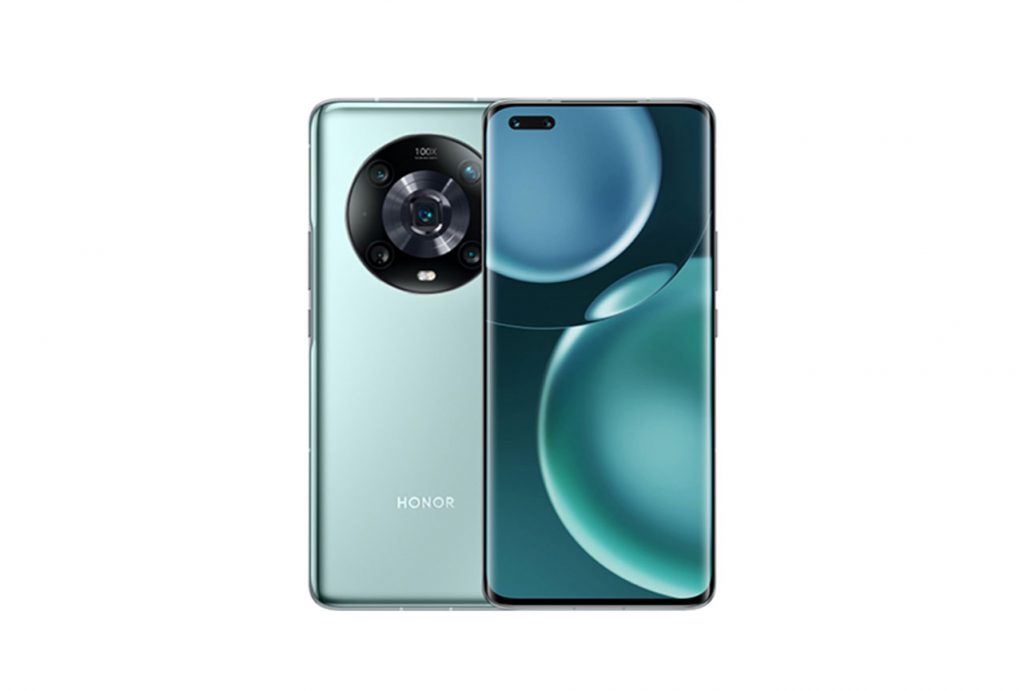
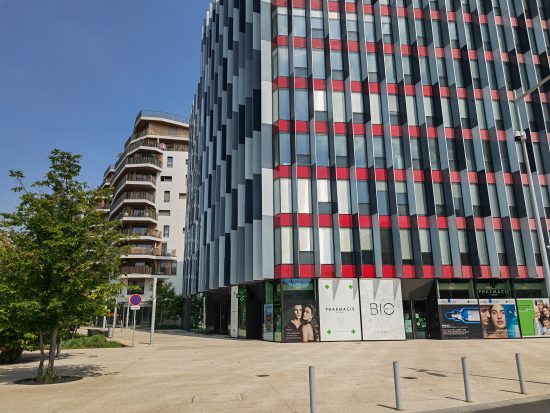
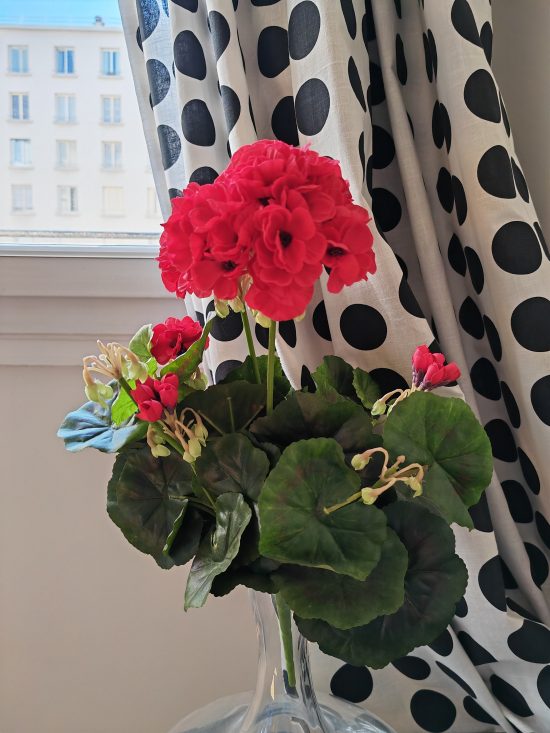

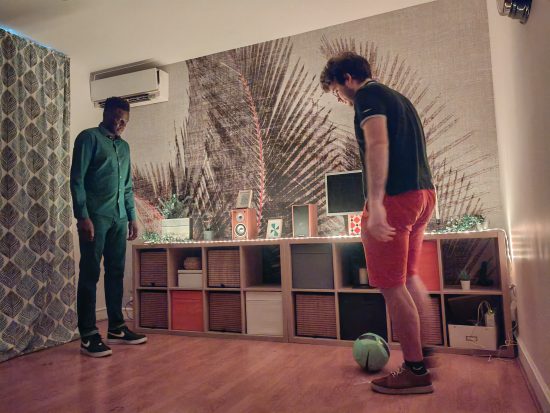
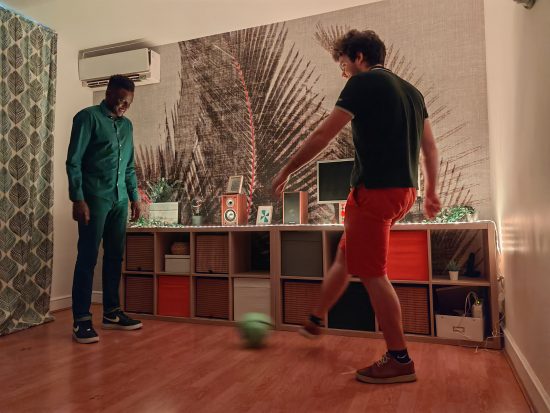

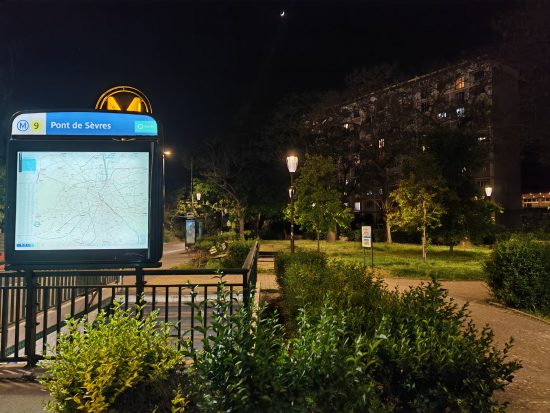



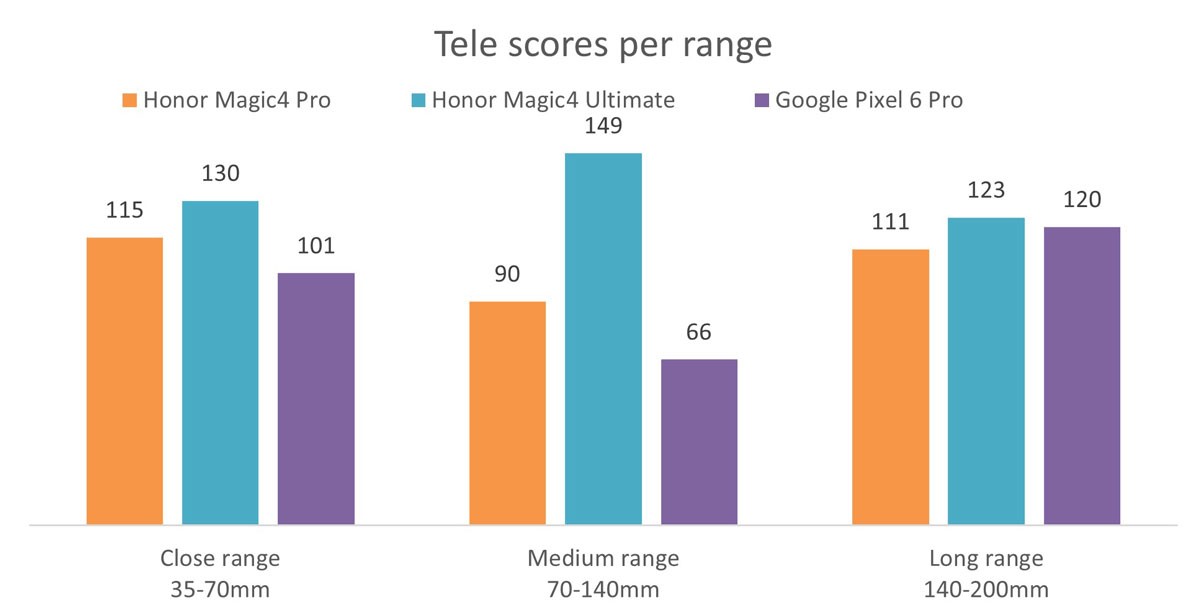
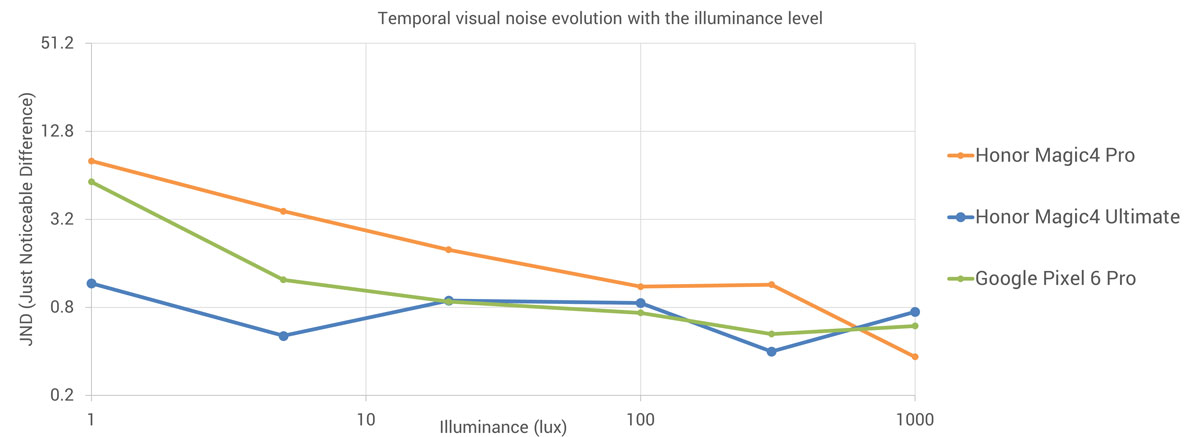
DXOMARK encourages its readers to share comments on the articles. To read or post comments, Disqus cookies are required. Change your Cookies Preferences and read more about our Comment Policy.